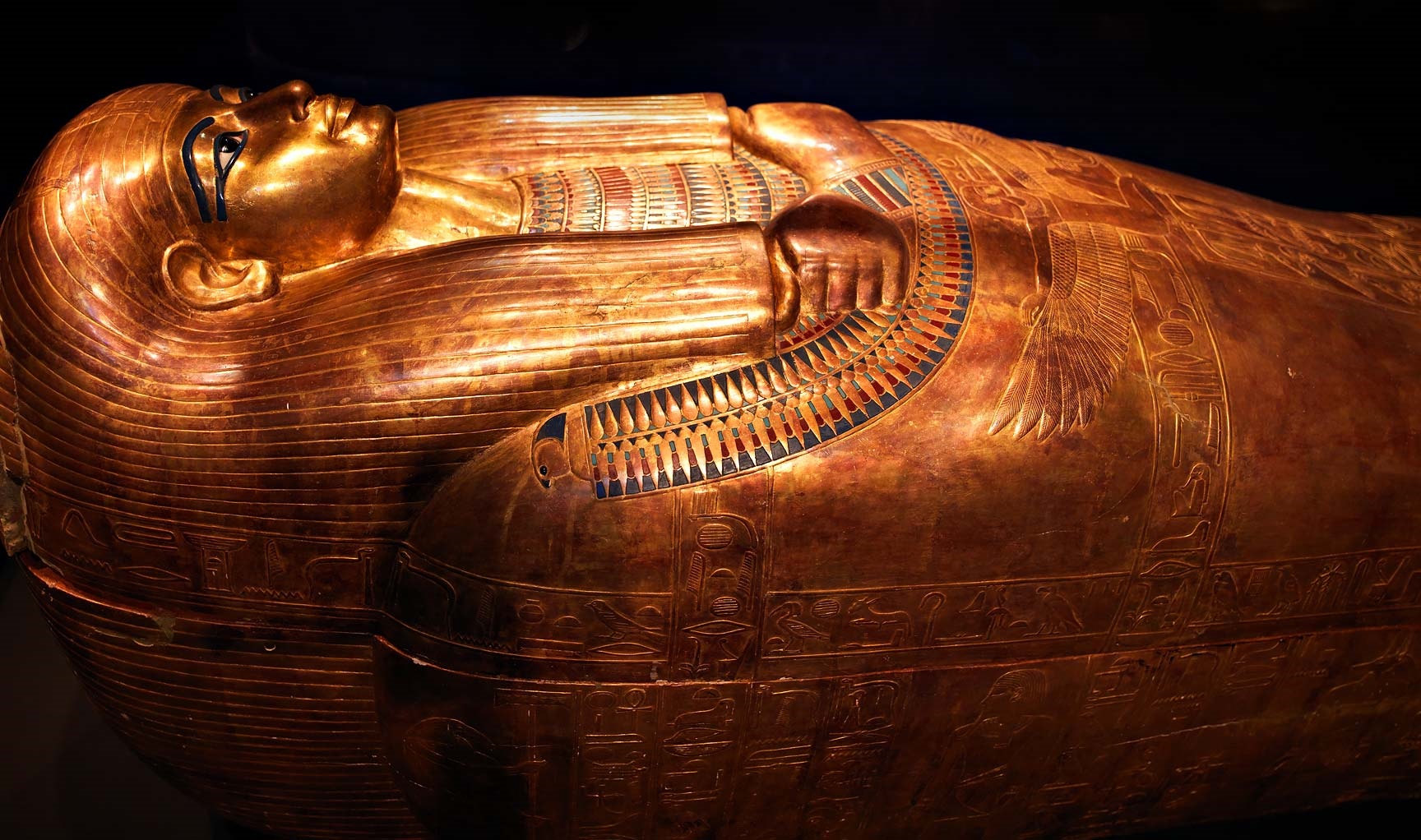Yuya and Tjuiu, the parents-in-law of King Amenhotep III, were granted a rare honour: a sumptuous burial (KV46) in the royal burial ground - the Valley of the Kings.
It used to be thought that the couple - as parents of the Queen - had used their impeccable royal connections to secure for themselves a tomb in such an exclusive precinct.
However it wasn't Yuya and Tjuiu name-dropping the king for their own gain. It was the other way around. A fresh light suggests that the king was likely repaying a debt from the early years of his reign.
We'll explain.
For a long time it was believed that the right to the throne passed through the female line, and that each king, to secure his legitimacy, married a royal "heiress", usually his own sister or half sister. That theory is largely rejected now, so we shouldn't be surprised that King Amenhotep III's first Great Royal Wife, Tiye, wasn't of royal birth. But she DID have connections.
Tiye's parents were Yuya and Tjuiu; a couple with seemingly fairly modest influence in their home town, the provincial capital of Akhmim. However early in the king's reign, a number of large commemorative scarabs were released which stressed his connection with Tiye and her pedigree: ".. the Great Royal Wife, Tiye, may she live. Her father's name is Yuya; her mother's name is Tjuiu; she is the wife of a mighty king ...". The mention of the Queen's parents like this was unparalleled in Egyptian history.
Yes, the king was name-dropping his queen and her parents.
So how did this daughter of a provincial family come to be chosen as "Great Royal Wife"?
The commemorative scarabs were issued not long after Amenhotep III ascended to the throne, probably when he was around 14 years old. At such a tender age, it is unlikely that Tiye had caught his eye as a love interest. Rather, it is more probable that his mother had a lot to do with it. This was a marriage arranged by Queen Mutemwia, acting as regent during his early years.
This says a lot about the status of Tiye and her parents.
Yuya and Tjuya hadn't just got lucky when their daughter married into royalty. They must have exerted powerful influence during the reign of Amenhotep III's father, Thutmose IV. The commemorative scarabs were designed to stress an allegiance between the royal family and Queen Tiye's. The young king needed their support.
Years later, Amenhotep he was able to repay the debt that he owed them by supplying them with the most lavish non-royal burial in the Valley of the Kings. No doubt they flexed their considerable political clout - just to make sure.
Pictured is the outer gilded coffin of the Lady Tjuiu (CG 51006). Photo: James Weber.
